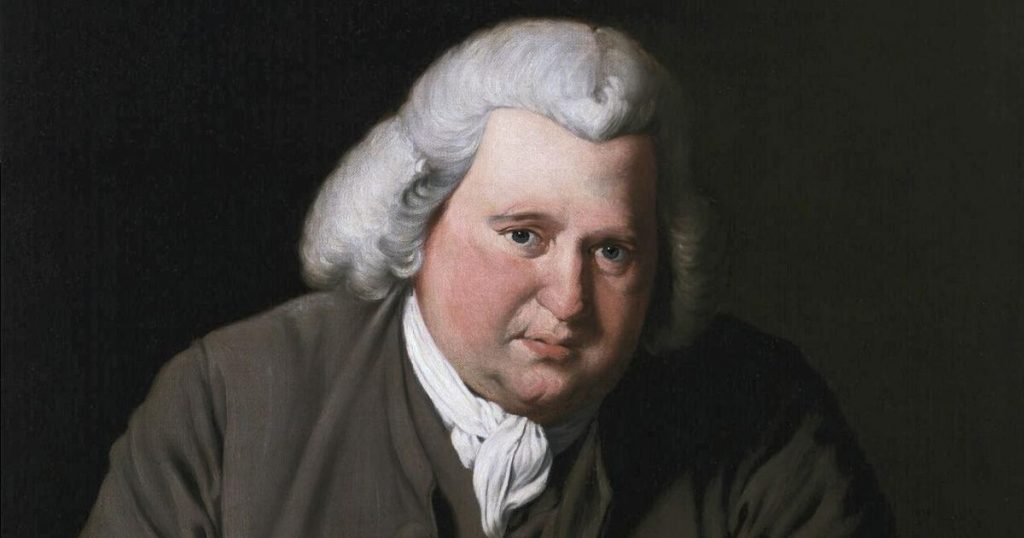Today in our poetry news roundup, we take a look at the Places of Poetry project. We also ponder the poetry of Erasmus Darwin that hinted at the Theory of Evolution before his grandson was even born.
Inspiration for Thousands of Poems to be Provided by Places of Poetry Project Map

Places of Poetry is a new project that is being led by the University of Exeter and Lancaster University. The aim of the project, which has created a map, is to encourage people to consider the history and environment of the places around them.
The map consists of two different layers. The first is an artistic map that has been based on the decorative style of a seventeenth-century county map, and the second layer consists of Ordnance Survey data which allows users to zoom in to see things in a greater level of detail.
Anyone who wishes to write a poem will be able to do so before “pinning” it to a specific location, ranging from places that hold specific personal interest to iconic historical locations. They will be able to choose whether they pin their poem on a village, town, local landmark or even a street corner.
There is great support for the project from some of the most well-known and innovative poets in the country. They will be supporting the project at a number of public events that will take place this summer.
Paul Farley of Lancaster University, who is a poet and regular on Radio 4, and Professor Andrew McRae of the University of Exeter are the men behind the Places of Poetry project.
The Arts and Humanities Research Council, The Arts Council England and The National Lottery Heritage Fund are funding the project, which has been made possible by partnerships with National Poetry Day, Ordnance Survey and The Poetry Society.
The aim of the project is to inspire people from all walks of life to think about heritage from as many different angles as possible, and write poetry that celebrates the diversity of the places on the British map.
The project has taken its inspiration from Poly-Olbion, the epic poem of English and Welsh national description, that was written by Michael Drayton during the period 1612 – 1622. The poem, which is 15,000 lines in length, was published alongside a series of unique maps that used natural features of the land and places as inspiration for the historical narrative.
The website for Places of Poetry went live on 31st May and will be open until 4th October for people to pin their poetry.
Poetry by Erasmus Darwin Foretold Grandson’s Theory of Evolution

Although he died before his grandson Charles was born, Erasmus Darwin wrote a poem that anticipated the theory of evolution through natural selection. The Temple of Nature was published posthumously in 1803.
Overlooked at the time and mocked by other poets such as Samuel Taylor Coleridge and with much of his imagery “borrowed” by poets like Percy Bysshe Shelley, there have been many studies made of Darwin’s poetry in the last decade.
There is a certain irony in the fact that his poetry encapsulated the idea of evolution yet was written before the actual theory of natural selection existed.


You must register to comment. Log in or Register.